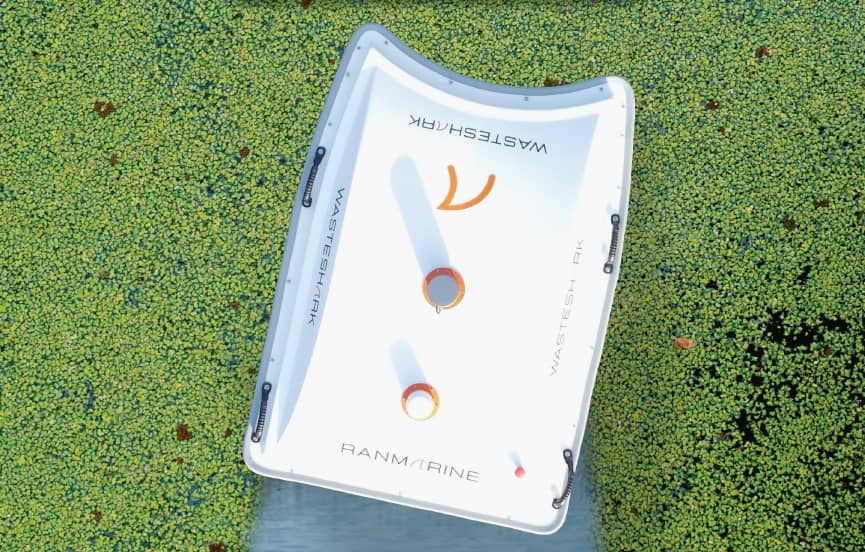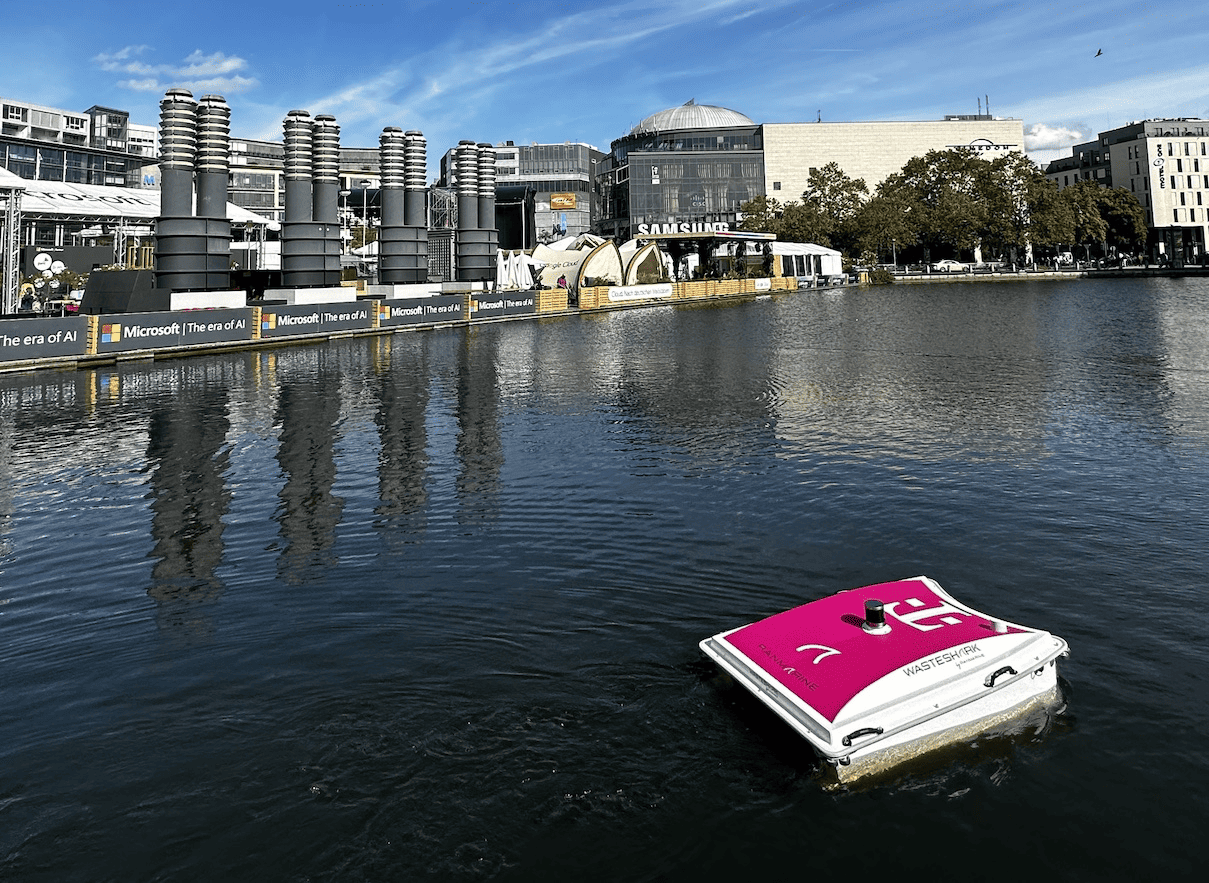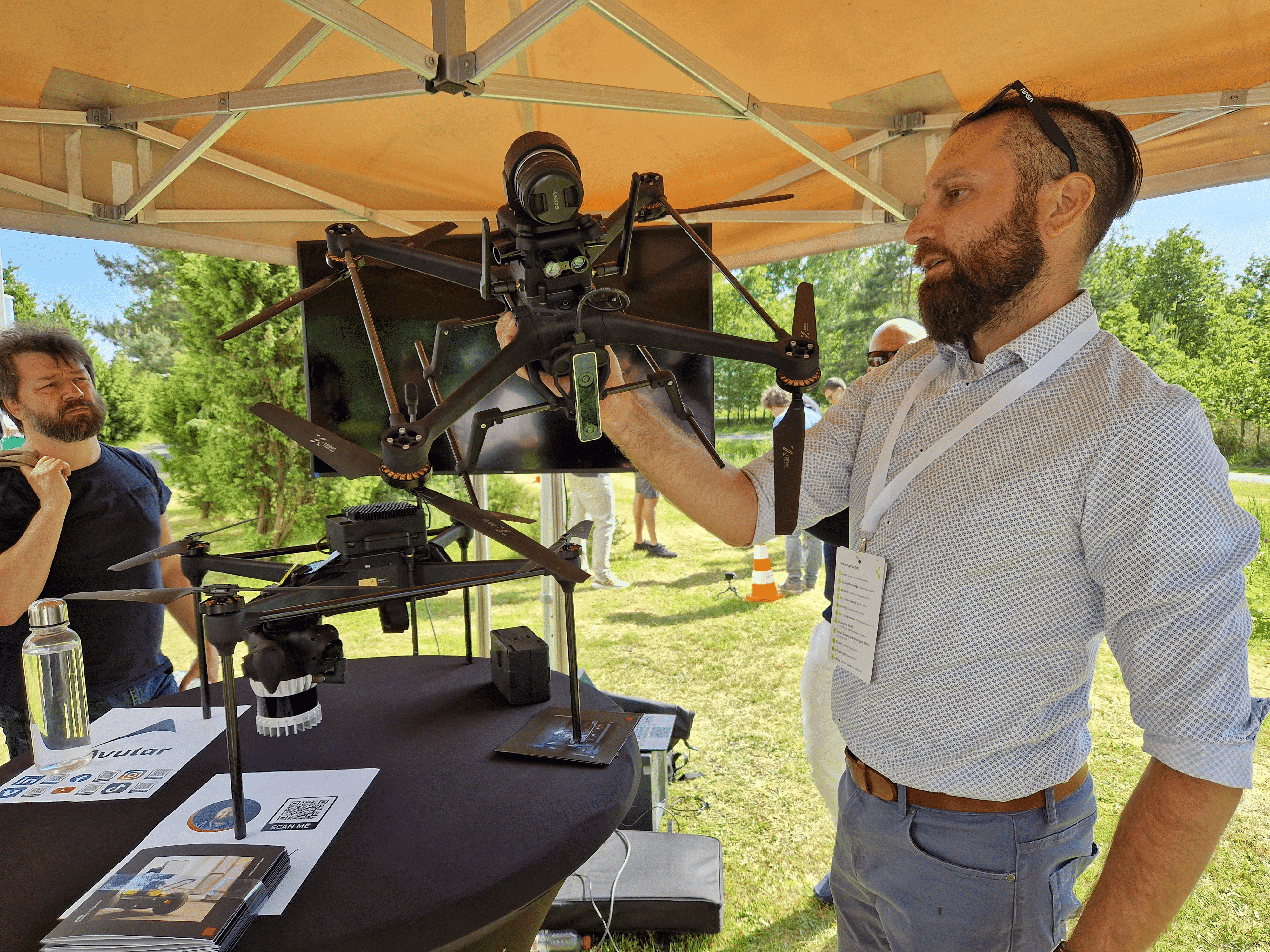
Rotterdam-based RanMarine introduces an innovative solution to water pollution with their aqua drones, WasteShark and MegaShark. These drones, likened to autonomous vacuum cleaners, navigate waterways, collecting pollutants including plastics and harmful blue-green algae. MegaShark, specifically designed to combat damaging algal blooms, is currently undergoing advancements to tackle toxic blue-green algae, aiming for availability next year. RanMarine, which initially focused on removing floating debris, is now significantly funded by algae removal. The company aspires to offer proactive global water quality data, monitoring factors such as chemical balance and temperature to predict and address algal blooms before they occur.
- RanMarine developed aqua drones which act as autonomous vacuum cleaners to collect pollutants like plastics and harmful blue-green algae in waterways;
- RanMarine is focusing to specifically target and combat toxic blue-green algae, aiming to make the technology available globally next year.
The MegaShark: Combatting Algal Blooms
As we already wrote in our last article on the MegaShark, this drone is RanMarine’s answer to the widespread problem of harmful algal blooms. These blooms are not only an eyesore, discoloring water bodies and emitting unpleasant odours, but they also pose serious threats to aquatic ecosystems. They deplete oxygen levels and block sunlight, wreaking havoc on plant and fish populations. Humans and animals are also at risk, as certain types of algae, including blue-green algae, produce toxins that can cause illness upon contact or ingestion.
Algal blooms are primarily fuelled by excessive nutrient runoff from farming and changes in climate. As the global population and farming practices continue to expand, RanMarine’s CEO, Richard Hardiman, predicts that algae will become an increasingly significant issue. Addressing this, Hardiman’s team is developing an advanced version of the MegaShark drone that specifically targets blue-green algae, a particularly toxic variant.

Advanced Technology for a Cleaner Future
The new MegaShark drone uses a three-stage process to combat blue-green algae. First, it uses sonic treatment, a method that involves the use of sound waves to break apart algal cells. The drone then filters the water, effectively removing the algae without recourse to potentially harmful chemicals. RanMarine’s vision is to make this technology available globally by next year, offering a proactive solution to the escalating problem of algal blooms.
Broader Perspectives: Other Efforts to Monitor Water Quality
While RanMarine’s drones are contributing significantly to addressing water pollution, they’re not the only players in the field. Other companies, such as the Dutch start-up INDYMO, are also making strides. INDYMO uses innovative technology, including underwater and water surface drones, to monitor water quality and ecology. These drones are equipped with sensors and cameras that can measure various parameters, including dissolved oxygen, electrical conductivity, and chlorophyll levels. They have been tested in various international locations, including Indonesia, Vietnam, Mali, Peru, and most recently Myanmar.
Research has also explored the use of drones for water sampling in the study of harmful algal blooms in freshwater lakes in the United States. These drones offer a more efficient and accessible solution than traditional water sampling methods, which can be labour-intensive. By providing timely information on the presence and extent of algal blooms, they aid in monitoring and risk management, contributing to more effective strategies for water quality and health advisories.







